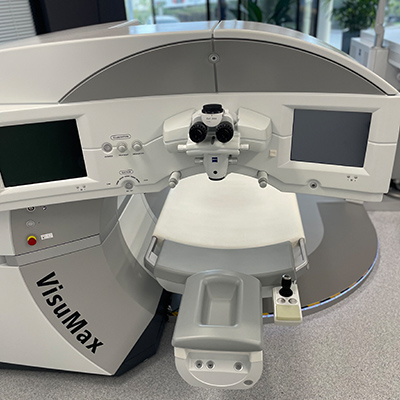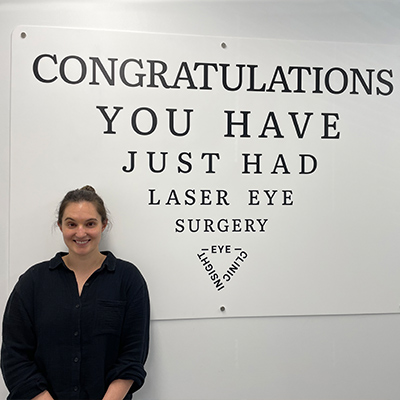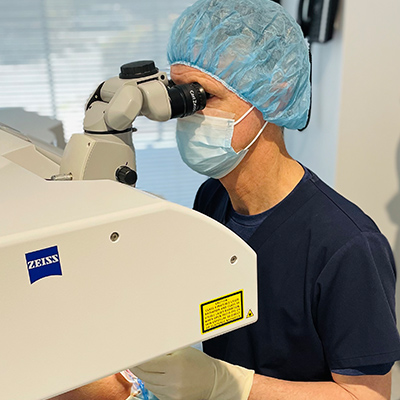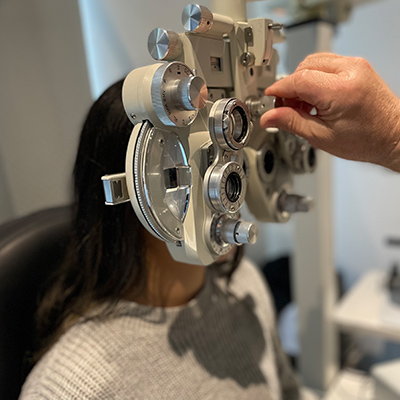Eye-opening Risks associated with Laser Eye Surgery1
Ok… you’ve been wearing glasses and contact lenses for years. Your contacts are a pain to bring on holiday, you never clean them and your glasses don’t highlight your amazing eyes. We know.
You lost a contact lens playing rugby and had to run around panicking for the rest of the match. We hear you.
You have terrible peripheral vision with your glasses and driving feels stressful. You can’t see anyone in the swimming pool and just have to hope that you don’t brush up against the really hairy bloke. WE KNOW!
Life really doesn’t have to be this hard.
Laser eye surgery is a clinically proven and established method of treating short sight, long sight and astigmatism as well as certain vision disorders. Like all surgeries however, laser eye surgery is not completely free of risks and side effects. It is important to know, before any procedure, exactly what the potential risks are. You want ease of life and the best for your eyes… but you also need to know the few risks that can occur.
FUN FACT: You have a higher chance of infection and vision related issues from contact lenses than laser vision correction.
Here are some of the potential risks of proceeding with laser vision correction. Types of laser correction include: SMILE, LASIK or PRK.
Over or Under-correction
Not everyone achieves a complete improvement in vision after laser eye surgery. The amount of vision correction can vary depending on individual conditions. A residual refractive error can remain, which means some patients will still need glasses or contacts after surgery. If this is the case, follow-up surgery to correct the remaining residual refractive error can be considered.
 Night vision difficulty – mostly short term
Night vision difficulty – mostly short term
Some people experience difficulty with night vision or driving at night, and see glare and/or halos around lights in the dark. It is more common in the early post-operative time period and it gradually improves in the majority of cases. This does not mean that you will be unable to drive. Most patients meet Australian driving standards within 24 hours of their procedure.
Double vision
This is a very rare potential side effect but one worth listing. Ghosting falls under the same category as double vision. For ex: white writing on a black background (vice versa) can become shadowed.
 Dry eye syndrome
Dry eye syndrome
You should be tested by your treating clinic for dry eyes at your primary consultation. Dry eyes to a certain degree, is normal for everyone and can occur for various reasons. It is the most common symptom following laser eye surgery.
Dry eyes can be easily treated with lubricating eye drops. It is mostly considered a part of the initial healing process following laser eye surgery. Your eyes might feel dry, scratchy and watery. Dry eye syndrome often causes our eyes to water. The watering is our bodies response to the dryness and a way to increase lubrication, thus attempting to treat the dry eye.
Corneal ectasia (bulging of the cornea)
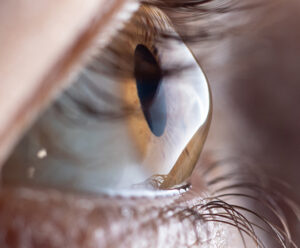
Corneal ectasia is a term used to describe a group of eye conditions that cause progressive thinning of the cornea, weakening the front of the eye and causing it to bulge forward.
It is greatly difficult to foresee a post-operative development of corneal ectasia in most patients. Most risk factors are high-lighted during the consultation and would therefore; deem a patient not suitable for laser vision correction.
Thorough pre-operative scans and examinations should highlight this potential risk, meaning the percentage of people who get this is very low.
Ectasia may occur any time from shortly after surgery to years later. Glasses, contact lenses, or even a corneal transplant may be required to restore vision if it occurs. A careful preoperative examination can reduce the chances of developing corneal ectasia after laser eye surgery.
 Infection
Infection
The probability of infection following laser eye treatment is very very low. Prescribed eye drops given after the procedure help prevent infection amongst other things.
It is important to consult the surgeon if the eye turns red, is painful or there is a reduction in vision. Infections can be cured if diagnosed at an early stage but must be promptly treated. You should ensure you are provided with an out of hours contact number to address any concerns outside of clinic hours.
Flap related complications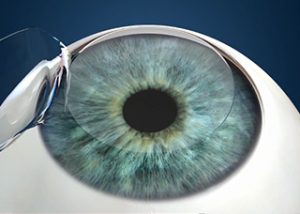
Flap-related complications can occur after the LASIK procedure because a flap is created in the cornea. These include infection, inflammation, and dislocation of the flap. It is often treated with either eye drops or additional surgery. As mentioned in the other potential risks and side effects; this is an unlikely occurrence if you follow the post-operative guidelines.
Benefits outweigh the risks
Every choice we make has some degree of risk.
It’s up to us to decide whether or not the benefits outweigh those risks. Ensure that you are attending a consultation with a surgeon and clinic that prioritise patient safety, technology and pre/post-operative care.
The most common statement we hear from our patients after they’ve had their laser eye surgery procedure is, “I wish I had done this sooner!” You cannot regain the time you’ve been wearing glasses or contact lenses, but you can make the choice to find out if you are eligible for visual freedom.
Please see other laser eye surgery blogs such as:
All about third generation laser eye surgery
https://insighteye.com.au/why-laser-eye-surgery-should-be-put-on-hold-during-pregnancy-breastfeeding/




